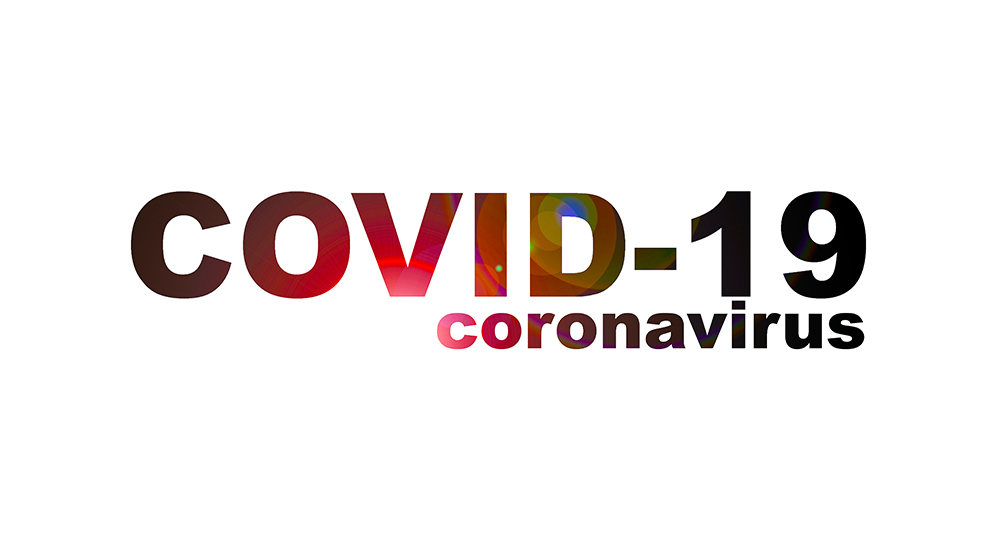
As of March 17, 2020, over 188,297 people have been infected with COVID-19. How can technology aid in curtailing the spread of infectious diseases that have the potential to create panic and infirm thousands of people? The Internet of Things (IoT), a network of interconnected systems and advances in data analytics, artificial intelligence and connectivity, can help by providing an early warning system to curb the spread of infectious diseases.
China's efforts to control the coronavirus have meant many residents stayed at home and factories just shut down. That had an unintended effect - less air pollution. Cleaner air can improve public health, maybe even save lives. Indoor air pollution has been ranked among the top five environmental risks to public health and the advent of COVID-19 puts a spotlight on the need to ensure we can remove volatile indoor contaminants.
Leveraging IoT in in our indoor environments could help prevent highly infectious diseases from spreading rapidly in today’s global world. Typically, efforts to improve the environment tend to focus on the outdoors. According to the EPA, indoor air in homes and buildings may be more polluted than outdoor air—a serious issue since people spend, on average, 90% of their time indoors. With the advent of COVID-19, we are mandated to remain indoors; further highlighting the need to ensure that our indoor air quality is good.
LEED (Leadership in Energy and Environmental Design) is an internationally recognized green building certification systemaimed at improving performance across all the metrics that matter most: energy savings, water efficiency, CO2 emissions reduction, improved indoor environmental quality, and stewardship of resources. LEED places emphasis on indoor environmental quality because poor air quality negatively impacts occupant health and safety.
According to the EPA, poor indoor air quality affects 33% to 50% of commercial buildings in the U.S., sometimes causing “sick building” syndrome, which causes a wide variety of symptoms. Sick building syndrome could be caused by inadequate ventilation (the introduction and distribution of clean air); biological contaminants such as molds, bacteria and viruses; or chemical contaminants like volatile organic compounds or formaldehyde.
To create a healthy and comfortable indoor environment, business leaders should implement an indoor air quality management program that both controls contaminants and ensures adequate ventilation. The foundation of a good indoor air quality program is an Internet of Things (IoT) platform that monitors the air continuously to detect the presence of common pollutants and helps maintain the appropriate volume of fresh air. It also provides actionable data you can use to address existing issues and document your improvement over time.
In terms of looking future forward, IoT may be leveraged to more quickly detect infection or deliver care more efficiently. These scenarios may include a network of advanced indoor sensor technology such as virus-detection sensors to detect and remediate the presence of toxins.
Additionally, home telemedicine technology using wearable technology sensors can monitor health conditions of affected patients and keep them closely linked via this medium with their health care provider rather than physical visits, which would have the effect of reducing the burden to the health care system and reduce human interaction.Affected-patients can be closely monitored via telemedicine to reduce the burden on health care facilities.
About the Author: Terrence DeFranco is CEO of IOTA Communications, the first IoT network employing FCC licensed spectrum, based in Allentown, PA.
Edited by
Ken Briodagh





